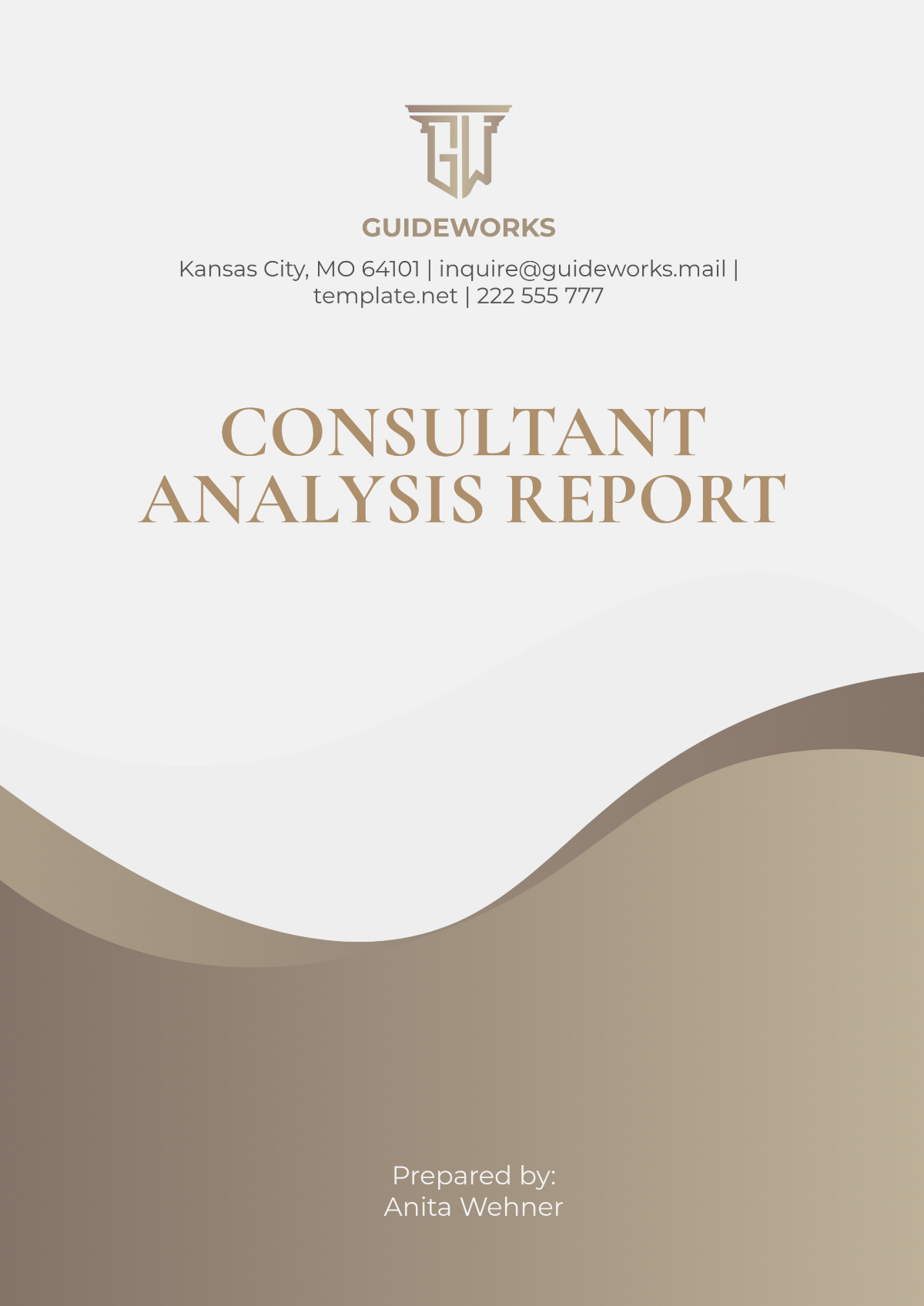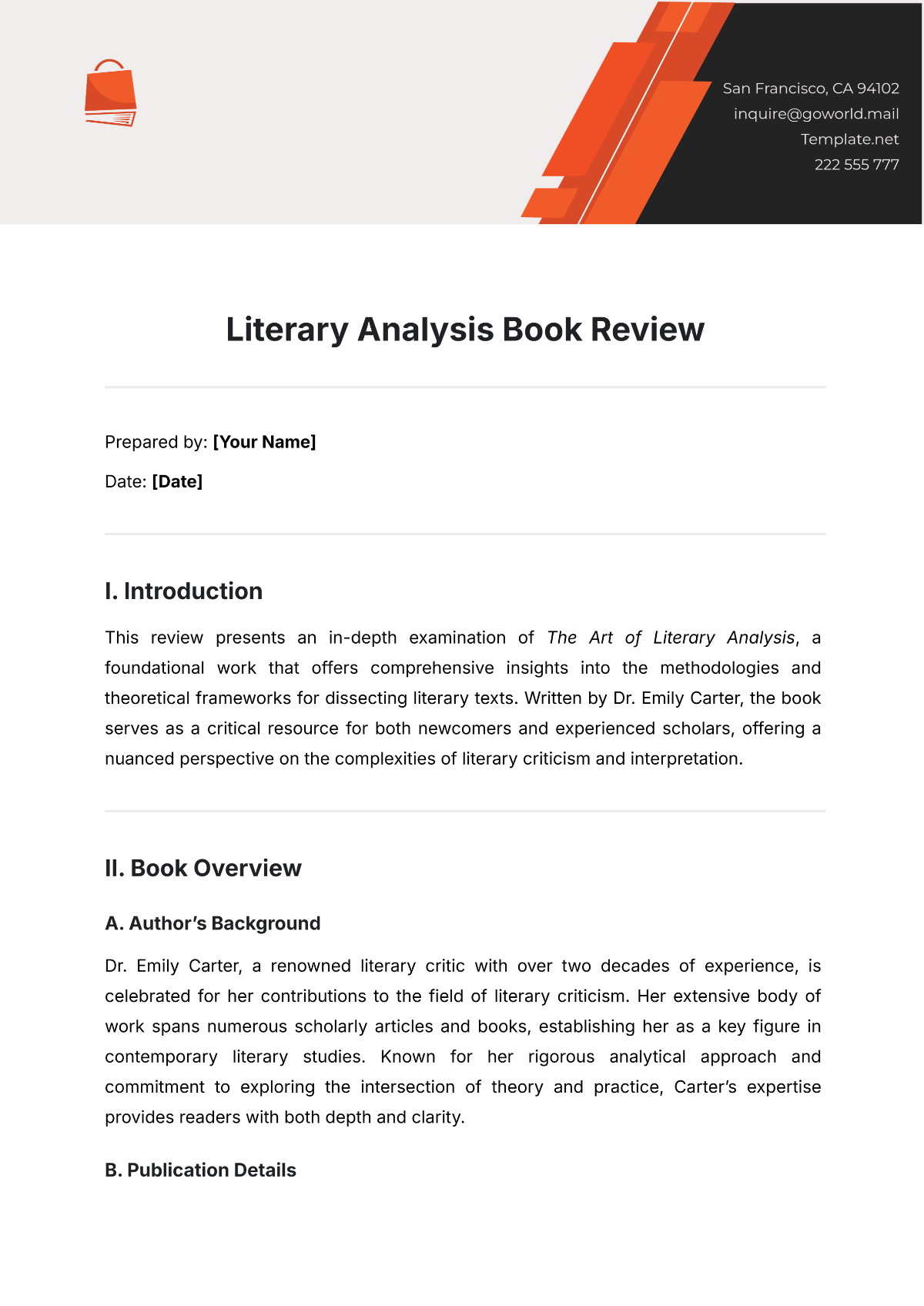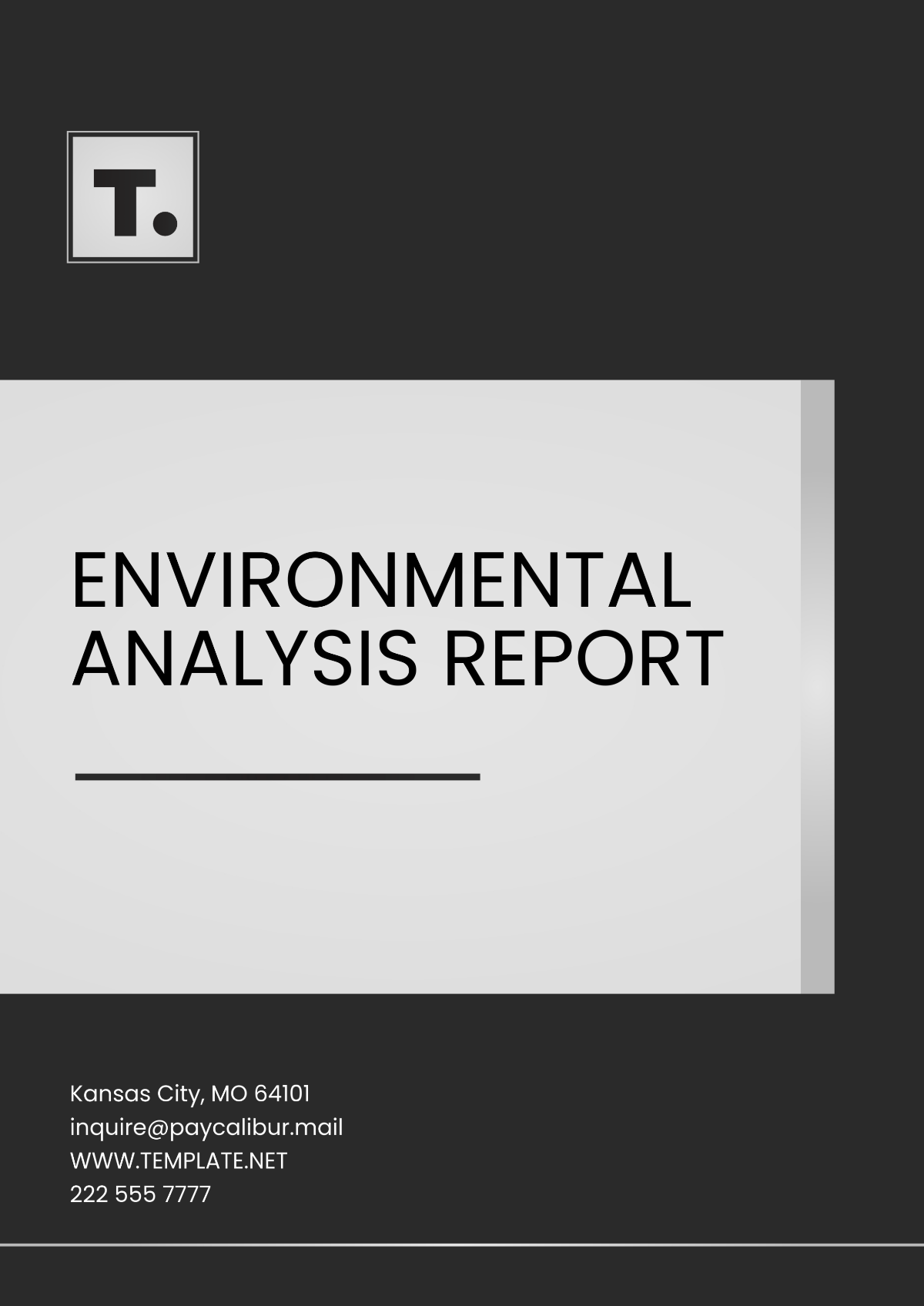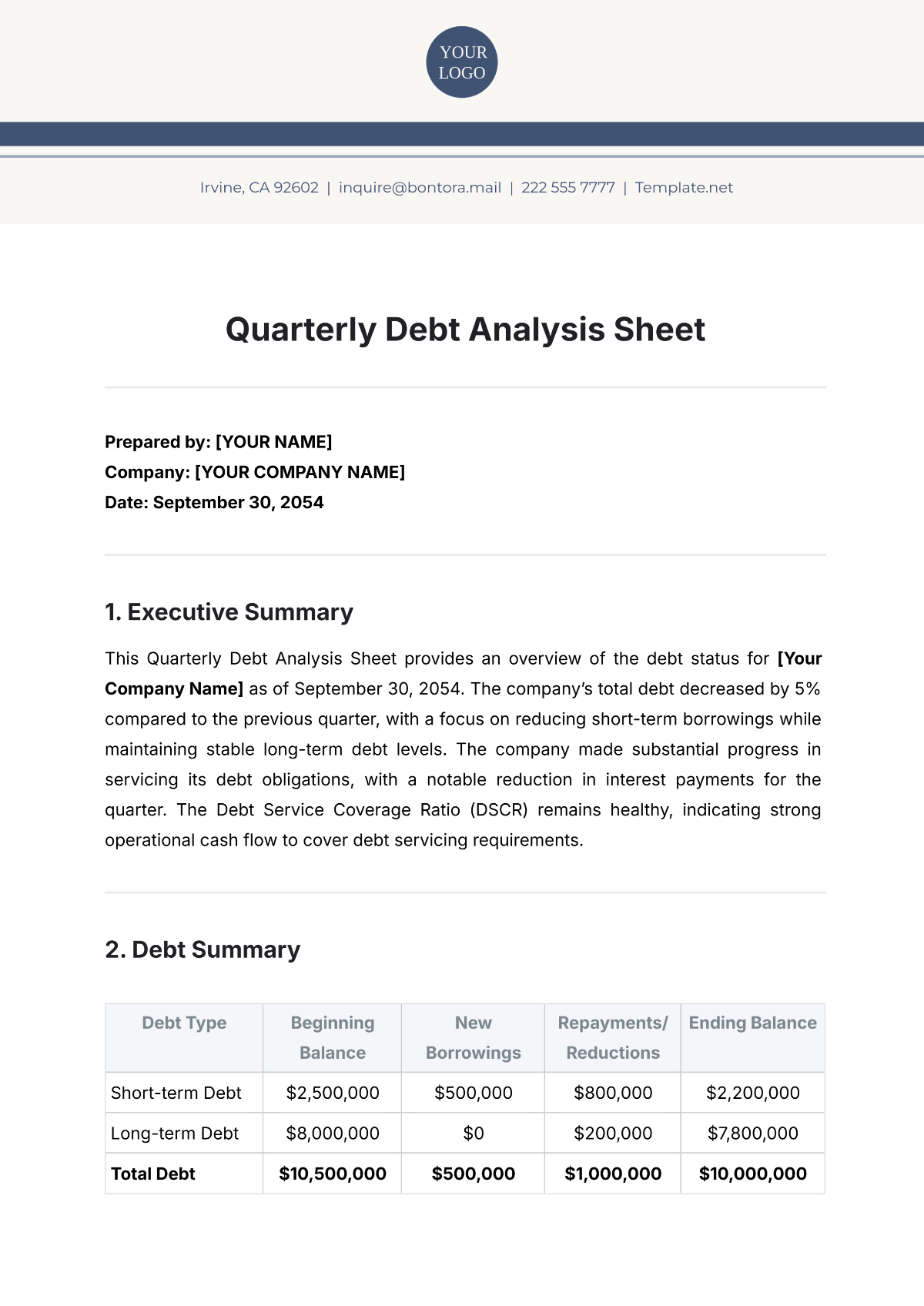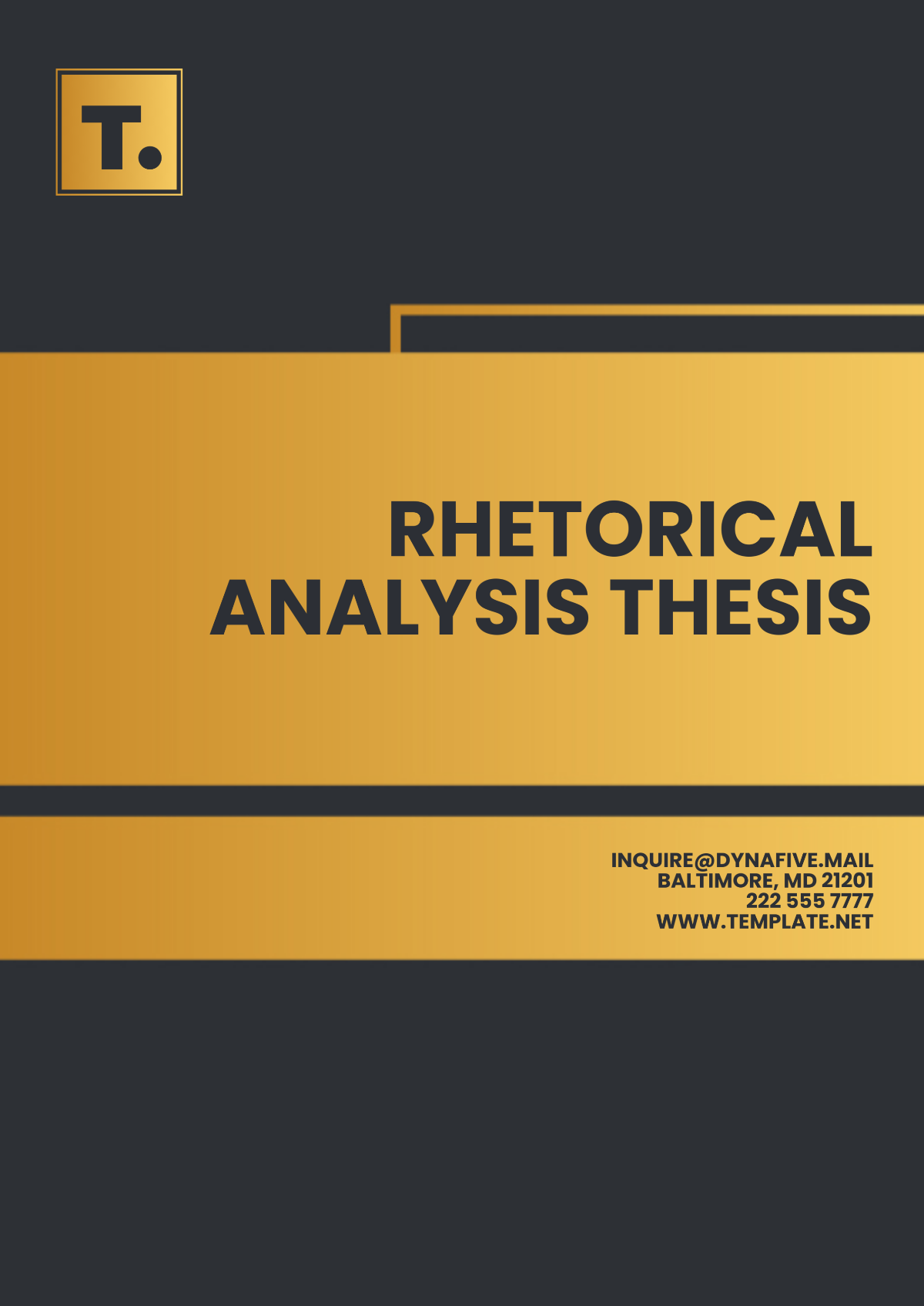Rhetorical Analysis Outline
Prepared By: [YOUR NAME]
Date: [DATE]
I. Introduction
A. Thesis Statement
This analysis delves into how the speaker skillfully incorporates various rhetorical strategies, including ethos, pathos, and logos, within their oration titled "Dream of Equality." By carefully employing these persuasive techniques, the speaker aims to not only inspire but also galvanize their audience to actively pursue and advocate for social change.
B. Overview of the Text
The "Dream of Equality" speech, given at a major civil rights event, powerfully conveys the systemic injustices and daily struggles of marginalized and oppressed communities, emphasizing the pervasive discrimination they face and offering an inspiring vision of a future marked by racial integration and equality. The speaker envisions a world where all races coexist peacefully, with equal rights and opportunities, creating a genuinely just and equitable society.
II. Context
Author |
|
|---|---|
Audience |
|
Purpose |
|
III. Rhetorical Strategies
A. Ethos (Credibility)
The speaker establishes their credibility through their prominent leadership position and demonstrated commitment to social justice. Their reputation and moral authority bolster their arguments, making them a credible and persuasive advocate for change.
Example: “With a lifetime dedicated to advancing civil rights and a deep understanding of our nation’s values, I stand before you to reaffirm our commitment to justice and equality.”
B. Pathos (Emotional Appeal)
The speaker evokes a strong emotional response by vividly describing the ongoing struggles and systemic injustices faced by marginalized communities. This appeal to the audience's emotions generates empathy and underscores the urgent need for action.
Example: “Imagine the heartache of countless individuals who endure unending discrimination and denial of basic rights. We cannot ignore their pain or delay our fight for justice any longer.”
C. Logos (Logical Appeal)
The speaker employs logical reasoning and concrete evidence to support their vision of equality. By referencing foundational principles and facts, they highlight the discrepancies between societal ideals and current realities, making a compelling case for reform.
Example: “Our founding documents declare that all individuals are created equal and deserve equal rights. Yet, the reality of our society reveals a stark contrast to these principles, demanding that we address and rectify these injustices with urgency and resolve.”
IV. Analysis of the Argument
Argument Component | Description | Effectiveness |
|---|---|---|
Introduction | Contextualizes the speech within the broader social justice movement, establishing the urgency and relevance of the issues at hand. | Highly effective in setting the stage and engaging the audience, providing a strong foundation for the argument. |
Main Body | Details the current state of social inequality, using vivid and emotional examples to illustrate the severity of the issues. | Extremely effective in highlighting the urgency of the problem and fostering a sense of empathy and immediacy among the audience. |
Conclusion | Articulates a compelling vision of a future where social justice and equality are achieved, calling for collective action to realize this vision. | Inspiring and memorable, effectively energizes the audience to support and engage in continued efforts for change. |
V. Conclusion
A. Summary of Analysis
The "Dream of Equality" speech is a compelling example of effective rhetorical practice. By adeptly using ethos, pathos, and logos, the speaker underscores the need for social justice and motivates the audience toward a shared vision of equality.
B. Restatement of Thesis
Through their masterful use of rhetorical techniques, the speech remains a powerful call for change, illustrating the profound influence of well-crafted rhetoric on social movements.








